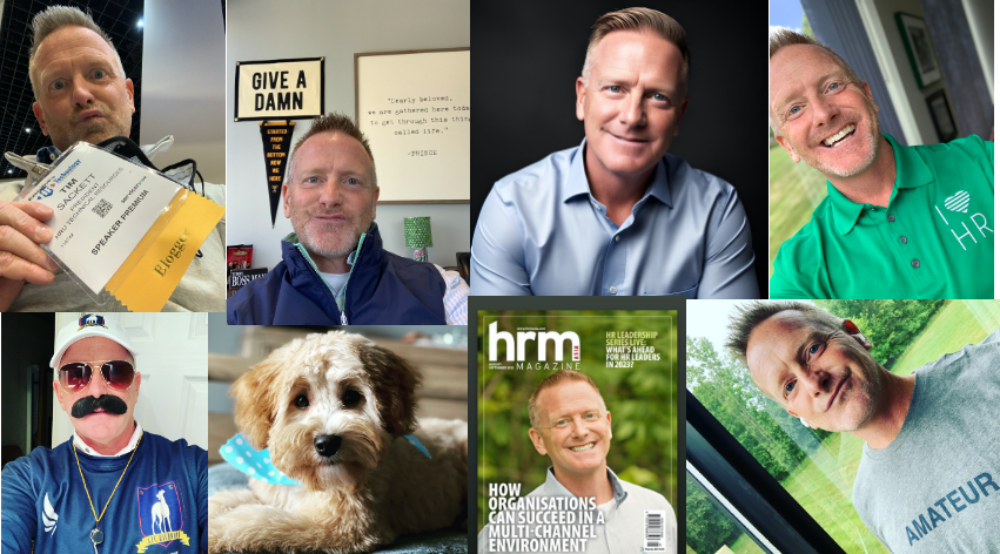Michael Sam’s announcement last week, becoming the first openly gay NFL player, rekindled some hot workplace topics. His acknowledgement has talk shows buzzing about whether NFL players would be comfortable with a gay teammate in the locker room. I think most people concentrated on one area of the locker room, the showers. Would male NFL players be comfortable showering with a teammate who was homosexual? So far, no NFL players have said they would not be.
I wonder what most HR professionals would tell an employee who did come to you and said “I don’t want to work with Tim, he’s gay, and I don’t agree with it.”
I’m assuming 99.9% of HR Pros would come up with something like this:
“You know Mr. Employee, we are an inclusive and diverse company, and that means we support all of our employees and don’t judge them based on things like sexual orientation, religion, etc. If you feel uncomfortable working with Tim, maybe this isn’t the place for you to work.”
Seems about right, right?
Let’s add some real-life to this scenario. What if, in your work environment, employees had to share a community, locker room type shower environment, as part of the job function. Dirty, chemical filled, environment, employees shower after their shift as a normal course of their daily working environment. Now what would you say?
Does it change what you might tell Mr. Employee? You’re lying to yourself if you say it wouldn’t. All of sudden you start trying to make concessions and talking about building individual showers, or asking Tim to shower in a private shower and locker room. You start accommodating, like being ‘Gay’ is a disability.
What if it is your policy for employees of the same sex, when traveling, to share hotel rooms. This is a common practice with many companies. What do you tell Mr. or Mrs. Employee when they feel uncomfortable sharing a hotel room with a gay employee? Do you make an accommodation for that employee to have their own hotel room?
What if your top sales person came to you and said they don’t want to work with a gay employee. The sales person who controls and has your largest client in their back pocket – 60% of your current business. Do you give them the same line above? “Go work someplace else!” I’ll be honest with you, you won’t, because executives would have your job for letting that person walk from your company. Oh, I’m sure you’re reading this saying “No, Tim, I would!” That’s great for you. You have to know most people are unwilling to lose their job over something like this. That’s real life HR in the trenches.
It seems simple. So what, we have employees that are gay, who cares. Until another employee cares. Then HR has issues. Being an inclusive employer doesn’t mean you just look for the gay employee, it means also you value the beliefs of the person who doesn’t agree with the gay lifestyle for what ever reason that might be. That’s really, really hard to except for many of us. I want to tell the gay-hating employee to go take a walk, but if I do that, I cease being ‘Inclusive’ and begin being ‘exclusive’. It’s HRs job to make it ‘all’ work.
So, what would you do with an employee who has a problem working with a gay employee?
